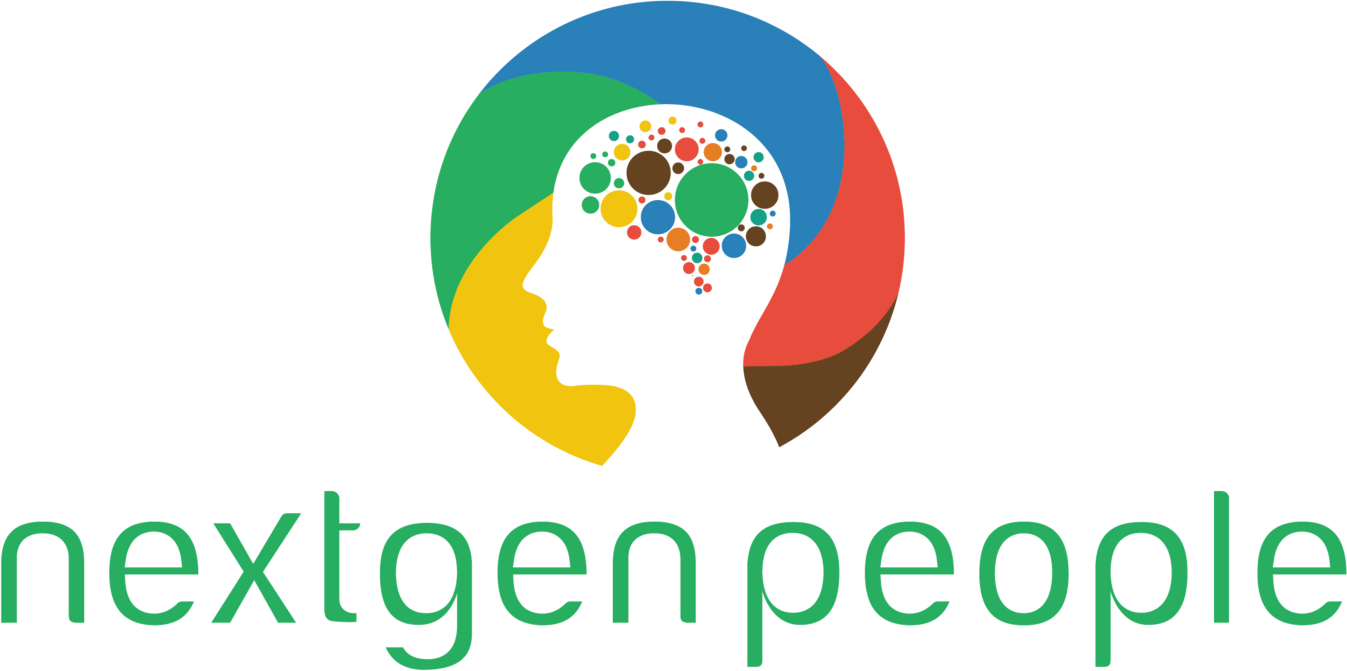Strategic Planning for the New Millenium
I’m telling my age by saying that I remember the days when corporations would develop five to 10-year strategic plans and the CEOs would stand up like gods and say, “It was written, now let there be light.” Those were days… LOL! We are living in times where only a few staples stay true and unpredictably so. In today’s world, CEOs still want to acquire, organically grow and continuously increase their EBITDA. However, two elements ring more important than ever before and should be incorporated in any attempt to develop a real strategic plan, whether for one year, two years or even five years if you dare to dream. Those two elements include:
1. An Intentional Culture
2. A Flexible Propensity toward Change
Whereas culture was a fluffy, amorphous pie in the sky soft skill ten years ago, CEOs are now realizing that Culture is not only operationalizable, the whole personality of the organization, but also determines the limits to the success of the entity. Whereas in the past, many CEOs opted to focus on building the financial elements of the empire and leaving culture to the HR folk, successful leaders are choosing to intentionally shape a culture that is “built to last.”
Change has always been inevitable; however, it has never been so fast. Change is coming from all directions. Change is no longer a decision simply made by the Senior Leadership Team to place upon the organization. Environmental, political, societal and thus market changes are thrusting upon organizations to act fast, catch quickly, learn to juggle or lose your balance and fall. In an ever-increasing time of fast changes, organizations that do not build their adaptability skill will not thrive.
Keeping these in mind continue to develop that beautifully developed strategic plan focused on acquiring the world, or maybe a competitor or two. Develop that strategy to outsource a third of your operation to the Asia Pacific and/ or build out that Cloud- based system that will unite all information throughout your enterprise. However, whatever you do, ensure that your company has the culture to support and sustain your dreams and the muscle to adapt to the changes that you envision and those inevitably to come that you would never foresee.

